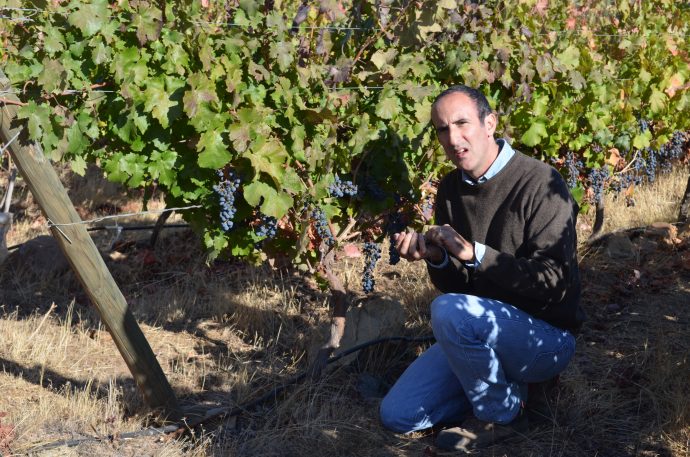If you’re a lover of wine, there has never been a better time to be alive than right now.
When I was just learning about wine in the mid-’70s, there weren’t many options. Sure, you could walk into a wine store or restaurant and find a very nice Bordeaux or a Burgundy. Italian Barolos and Spanish Tempranillos might also be available. Germany was producing many age-worthy Rieslings and Champagne was essentially the only sparkling wine in town. The California wine industry hadn’t matured past the bulk jug wine stage. Vines hadn’t even been planted yet on Long Island, the Finger Lakes and Canada. Chile, Argentina, Israel and Australia were planting vines, but their wine industries were far from being taken seriously.
Grapes were planted in ancient times and then extensively in the Middle Ages for sacramental and for everyday purposes. The Roman Empire and the Church were instrumental in spreading wine consumption all over Europe and the Mediterranean. Contaminated drinking water made many people sick. Cholera, giardia and hepatitis are just a few of the very unpleasant and potentially fatal diseases associated with drinking local water. But wine was another story. Ferment the juice of the grape and drink this as the everyday beverage and people can avoid many of these diseases. As the church moved into a new region to expand its influence and its reach, one of the first projects was planting grape vines.
Fast forward to the end of the 20th century and the beginning of this one. The wines produced in many regions of the world became respectable and attractively priced. What happened? Back in the day, it was common for lesser-known wine regions to stick with the indigenous planted grapes of their grandparents. The grapes were harvested and fermented each autumn, put in bottles or barrels and stored in the cellar, putting down enough wine to last until the next harvest. Sanitation was sketchy, grapes were probably not the best varietal for the terroir, but it’s what they inherited. Grape-growing and winemaking techniques were handed down generation-to-generation as a bread recipe might be taught. “A handful of this and a pinch of that.”
Still, the wine industry was ready to enter its Renaissance.
Wine schools started popping up in different areas of the world, some in conjunction with culinary schools and some as stand-alone educational, agricultural and oenological experimental stations. Families with a winemaking history would send a son to school to upgrade their operations. These studies often required an internship or two in another wine region or country to learn from the masters. Grape-growing and winemaking techniques were shared and passed around liberally. Expert consultants emerged in agriculture, terroir and winemaking that educated the wine world in techniques that improved all aspects of the operation. Regions such as Sicily, Italy and the southwest of France, known decades earlier for insipid and uninteresting bulk wines, started using better techniques and better grapes and the wines improved.
The obvious benefit here is worldwide competition in the quality wine arena. I attended a seminar in New York recently and we tasted several Macedonian wines. There are currently 82 producers in Macedonia yet only three of them are available in the U.S. This is changing. The wines were very good, well-made and attractively priced and Macedonian wine producers are making a big push in the U.S. market. Look for Vranec Imperator. At $65 U.S., it isn’t cheap, but it can stand up to many wines at the $100 price point. I visited Navarra in the north of Spain and France’s Languedoc-Roussillon region on the other side of the Pyrenees. Both regions are now making deluxe and delicious wines that offer a terrific price-to-value ratio. Gerard Bertrand winery is making many respectable wines all over the price spectrum. Any wine from Spain showing “Pago” on the label will not disappoint. The Pago designation indicates the terroir, the estate and the winery have shown they are essentially exempt from the normal rules and they have free rein to make the wine as they wish.
The next time you’re looking for something to drink take a step off the beaten track. Ask the sommelier or store salesperson for a wine from a little-known region. In general, the lesser-known wine regions of the world are making good wines but they must be attractively priced to get the consumer’s attention. Getting away from the big Cabernets and Chardonnays of the world can be liberating, exhilarating and economical. There are so many great unknown regions and grapes to draw from. Don’t be shy.
Write me at doug@dougpaulding.com.


